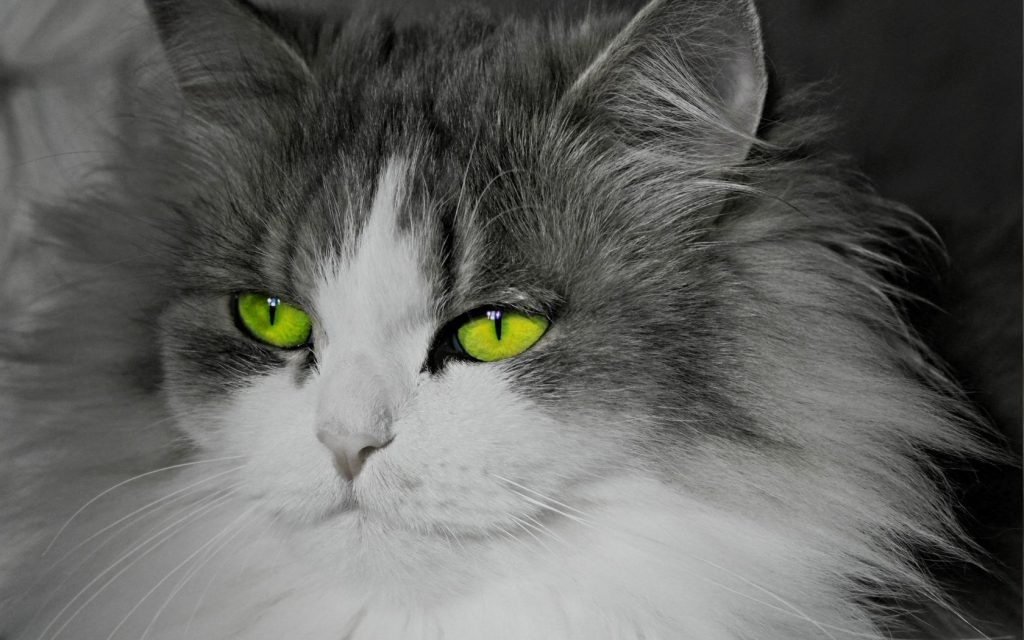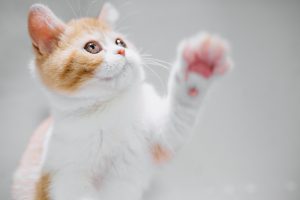British Shorthair, commonly known as British Shorthair, is one of everyone’s favorite cat breeds. This time Boqi.com will bring you the knowledge of British Shorthair breeding and cat care.
How to domesticate a British Shorthair cat
shorthair
Maintenance 1. Feeding: Changes in the amount of exercise will change the digestion and absorption capacity of the intestinal tract, as well as the filtering and detoxification functions of the liver and kidney. Pay more attention to the hardness of the food suitable for cats, supplement calcium, iron, vitamins and other trace elements in an appropriate amount, and change to different flavors (Note: fast food that is indigestible, and ensure water supply)
2. Brushing: If possible, brush your pet’s teeth to reduce bacterial invasion caused by gingival inflammation;
3. Eye Care: Use a damp cotton pad to remove excess mucus and clean the skin around the eyes often;
4. Ear care: regular inspection of the inner ear canal;
5. Joint care: Joint pain is a common problem for elderly pets. If it cannot move regularly, you can gently massage the muscles or move the limbs and joints for it while it is resting.
Care Methods The cat’s paw is a cat’s tool for catching mice, climbing and self-defense. If the owner has a cat to catch mice, of course, the claws cannot be trimmed. If the owner raises the cat as a companion animal, the cat’s claws should be trimmed frequently to avoid scratching people and damaging clothes, furniture, floors, etc. Trimming the feet should start at a young age, once a month or so. The specific method is as follows: Hold the British Shorthair cat in your arms, grab one of the cat’s feet with your left hand, and squeeze slightly with your thumb, forefinger, and middle finger to extend the claws. Then use the nail clipper in your right hand to carefully cut off the transparent part of the front end of the claws, and then use the small file on the nail clipper to polish the claws.
When trimming, don’t cut too far, so as not to hurt the British Shorthair’s feet. Then cut off and polish the other claws in turn. Bathing the British Shorthair cat can not only keep the cat clean and beautiful, but also can remove some parasites on the body surface, promote blood circulation and metabolism, and play a role in disease prevention and fitness.
The habit of bathing is best to be cultivated from an early age, and the cat will be very reluctant to start bathing the cat when it is an adult. Before taking a bath, you should prepare the utensils for bathing, such as bath tub, bath towel, detergent, comb (preferably one sparse and one dense), brushes, etc.
When bathing, the water temperature should not be too low or too high, so as not to be hot to the hands; the detergent used should not be too irritating, so as not to irritate the skin; the coat of the British Shorthair cat should be combed before bathing to prevent entanglement; bathing The action should be quick, and the washing should be done as soon as possible; after washing, the hair should be dried with a bath towel immediately. When the temperature is low, it is best to cover it with a special towel or other warm items to prevent colds.
The tongue of British Shorthair cats is rough, with special barbed tongue nipples, like a comb. British Shorthair cats often use tongue licking to comb their coats.
Use the claws to comb the parts that cannot be licked, such as the head, shoulders, back, and neck. Even so, it’s best to groom your cat once a day. Because cats will shed hair all year round, especially in the spring and autumn molting seasons, cats will swallow the hair into the stomach when they groom themselves, and over time will form hairballs in the stomach. If it is discharged from the tract and stays in the stomach, it will form a blockage of hair bulbs, affect appetite, and even endanger life.
When combing, not only comb along the hair, but also comb against the hair. When grooming the British Shorthair cat, you can wet the hair with water first, and then rub it to make the coat tree up for easy grooming.
If the coat of the British Shorthair is tangled or sticking together, you can use your fingertips to remove it, or use a thin-toothed comb to comb slowly and carefully. If the felt has been rolled, you can use scissors to cut the felt into thin strips along the growth direction of the hair, and then use a comb to comb. If the rolling felt is severe, the coat can be trimmed to allow it to grow back. Healthy British Shorthair cats have bright and energetic eyes. When British Shorthair cats are sick or in poor health, they tend to be afraid of the light and cry.
In some cat breeds, the nasolacrimal duct is easily blocked and tears. Cats cry too much and often have eye mucus on the corner of the nose. You can use absorbent cotton to dip a 2% boric acid aqueous solution and gently scrub it off. The care of the British Shorthair’s ears is mainly to remove earwax.
The method is: disinfect the external auditory canal with 75% alcohol cotton ball, then dip the cotton swab into olive oil or edible vegetable oil, soak the dry earwax, after it softens, carefully remove the earwax with tweezers, do not remove the mucous membrane of the ear canal Broken to prevent infection and suppuration. Once the cat’s external auditory canal is infected and purulent, use a cotton swab dipped in hydrogen peroxide to gently scrub, and scrub repeatedly until there is no pus on the extracted cotton swab, and then use absorbent cotton to absorb the hydrogen peroxide in the ear canal. Scrub a few times and the infection will heal. If the cat has too much earwax, the cat shakes its head and scratches its ears, it should be promptly consulted by a veterinarian.







